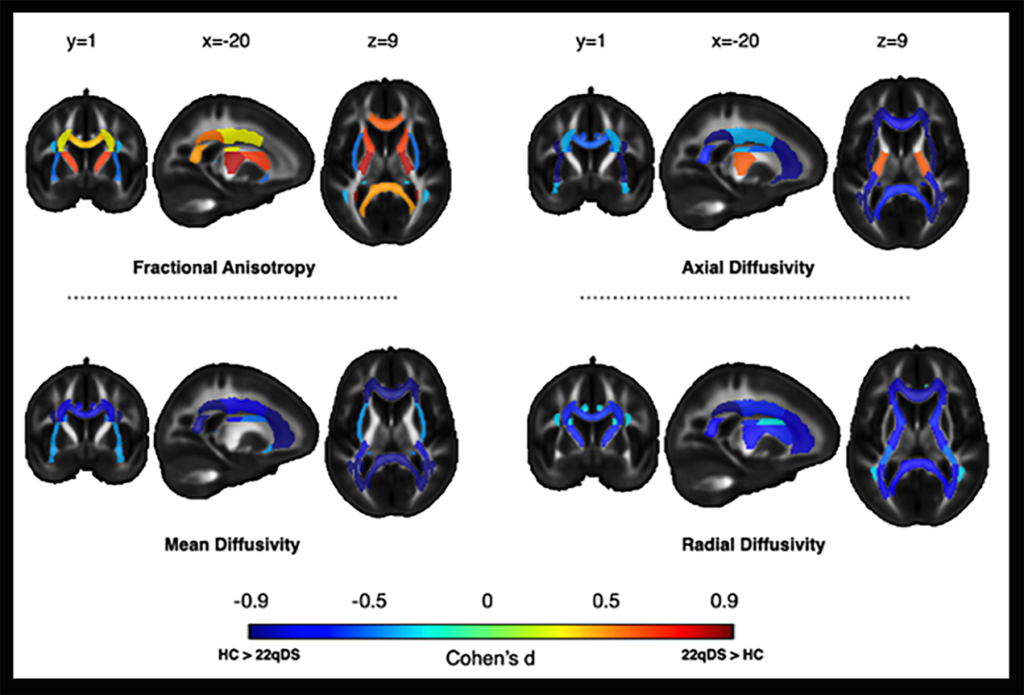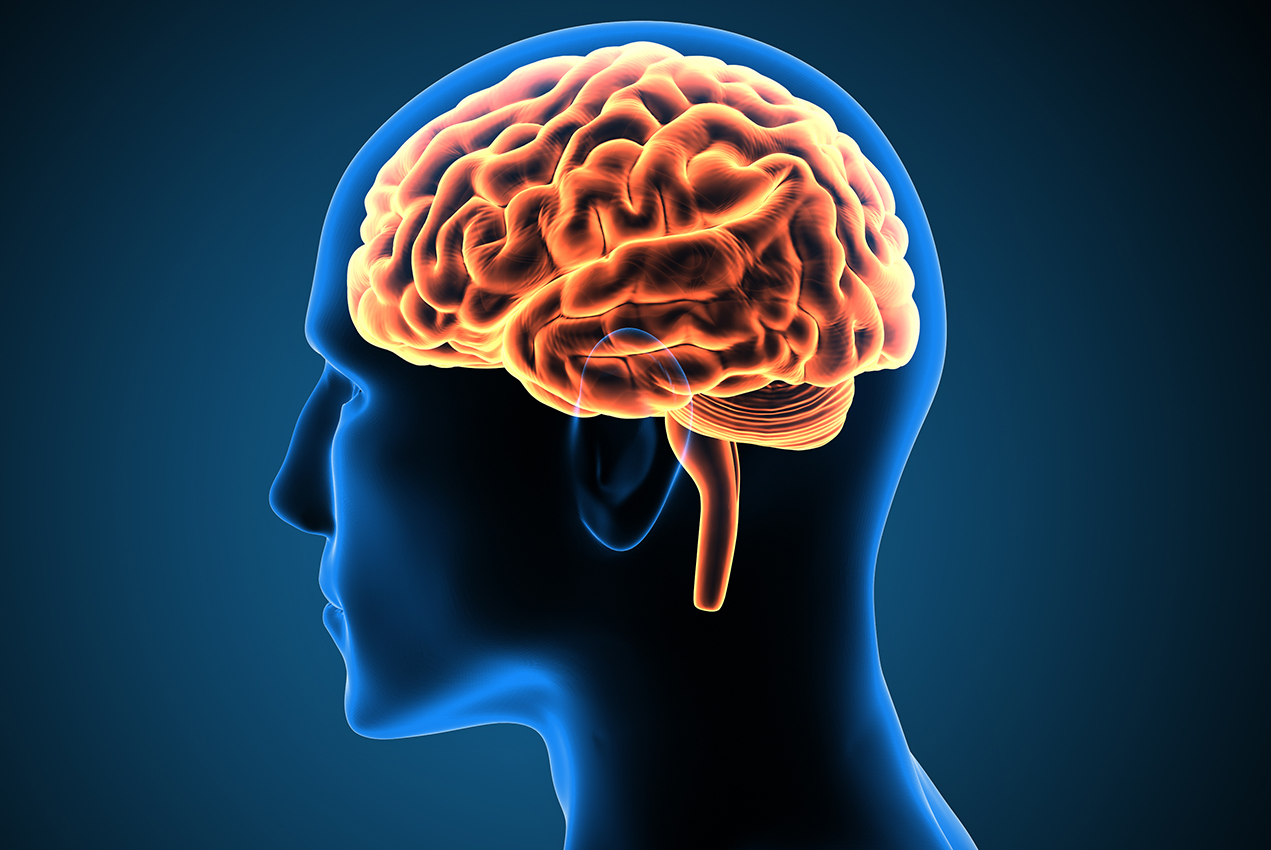Researchers based at the USC Mark and Mary Stevens Neuroimaging and Informatics Institute have conducted the largest-ever diffusion imaging study of 22q11.2 deletion syndrome (22q11DS). The genetic disorder, caused by a small segment of missing DNA on chromosome 22, is the strongest known genetic risk factor for schizophrenia.
The study, which includes data from more than 500 people — about 10 times larger than any existing study of 22q11DS — compared the brains of people with 22q11DS to healthy controls, finding significant differences in white matter, including changes to the structure of axons. Results were published in the Nature journal Molecular Psychiatry.
“We found that patients with the 22q11.2 deletion that developed schizophrenia had worse and deeper changes in the white matter than those who did not,” said Julio Villalón-Reina, MD, PhD, lead author of the paper and a postdoctoral researcher at the institute’s Imaging Genetics Center (IGC).
In order to conduct the largest-ever analysis of 22q11DS using diffusion imaging — an MRI method that traces how water moves through the brain — the research team pooled data collected by 52 researchers at 18 institutions around the world. The massive collaboration was fueled by the Enhancing Neuroimaging Genetics through Meta-Analysis (ENIGMA) consortium, an international network of neuroscientists that pools data to gain insights on rare diseases.

The IGC worked with Carrie Bearden, PhD, chair of the ENIGMA 22q11DS working group and professor of psychiatry and biobehavioral science and psychology at the University of California, Los Angeles, to collect imaging data from researchers studying the syndrome. Villalón-Reina then led the processing and analysis of that data with support from Neda Jahanshad, PhD, and others at the IGC.
Looking forward, the team aims to conduct more extensive analyses of the white matter microstructure in 22q11DS using sophisticated neuroimaging and computational methods. A separate line of research will look at related genetic disorders — also caused by deletions of parts of the genome — to further pinpoint what factors contribute to the development of schizophrenia.
“These efforts will help us better understand other conditions, such as autism spectrum disorder, which can result from similar genetic deletions,” Villalón-Reina said.
— Zara Greenbaum


